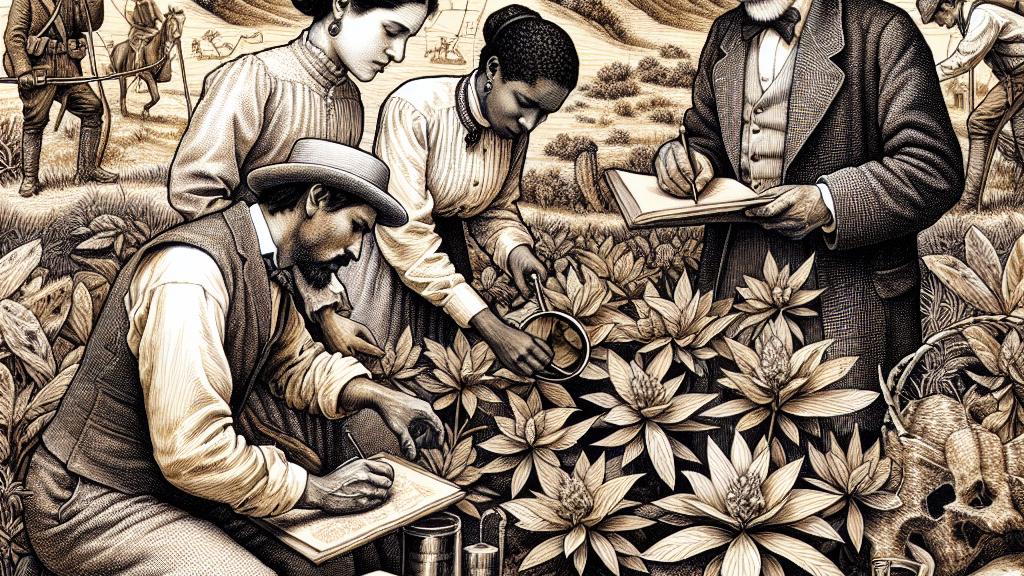Shipping Plants for Scientific Experimentation in 1874
Overview
- Delves into the historical practices of shipping plants essential for scientific inquiry.
- Highlights the pivotal Black Hills Expedition of 1874 and its contributions to natural sciences.
- Draws connections between historical shipping techniques and contemporary advancements in cancer research.

The Historic Context and Significance of Plant Shipping
In 1874, an adventurous undertaking known as the Black Hills Expedition captured the imaginations of scientists and explorers alike. Spearheaded by the intrepid Lieutenant Colonel George Armstrong Custer, this mission had dual goals: searching for precious gold and establishing a military fort. However, what often goes unnoticed is the invaluable scientific team that accompanied him—comprised of geologists, paleontologists, and eager botanists. As they traversed the rugged terrain, they meticulously cataloged the native flora. Imagine the thrill of uncovering new plant species! This exploration not only enriched the scientific community’s understanding of biodiversity but also laid the groundwork for future plant collection and shipping methods—crucial for scientific advancements.
Innovative Techniques in Plant Shipping
During this transformative period, the practices of shipping plants were rudimentary but essential. Securing the roots with careful wrappings, often using plastic and damp paper towels, was crucial to maintaining moisture during transit. Furthermore, understanding the appropriate packing techniques ensured that even the most delicate plants arrived healthy and ready for study. For example, priority mail was not just a novelty; it became a vital tool that expedited shipments, enhancing the chances of survival for fragile specimens. Fast forward to today, services such as USPS and FedEx have adopted similar principles—custom-designed boxes and expedited shipping options ensure that plants arrive in excellent condition. This continuity reflects how vital plant shipping has been from the days of exploration to the modern age, emphasizing diligence and innovation in the scientific process.
Connecting the Dots: History's Impact on Modern Science
The ripple effects of historical practices in plant shipping resonate with contemporary scientific research, especially in the realm of cancer therapies. The availability of diverse plant species for examination has unlocked vital insights into ecology and even medical advancements. Take, for instance, the role of certain carnivorous plants in ecological research—they shed light on adaptation and survival instincts in nature. Moreover, just as past techniques were refined over time, the journey of cancer research has also seen a transformation, resulting in sophisticated treatment options unavailable to earlier generations. Reflecting on these historical connections not only captivates our interest but reveals how foundational practices continue to inspire innovative breakthroughs. In understanding this rich tapestry, we appreciate the interplay between history and science, inviting us to explore how past actions influence our current scientific endeavors.

Loading...